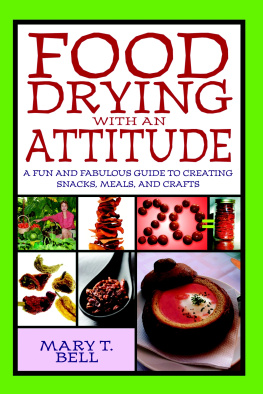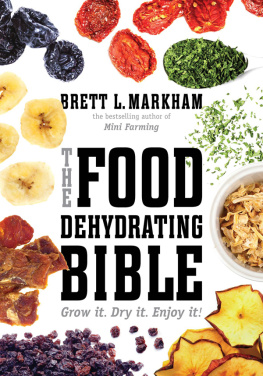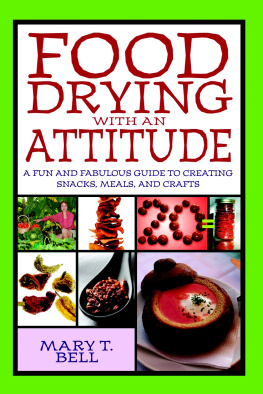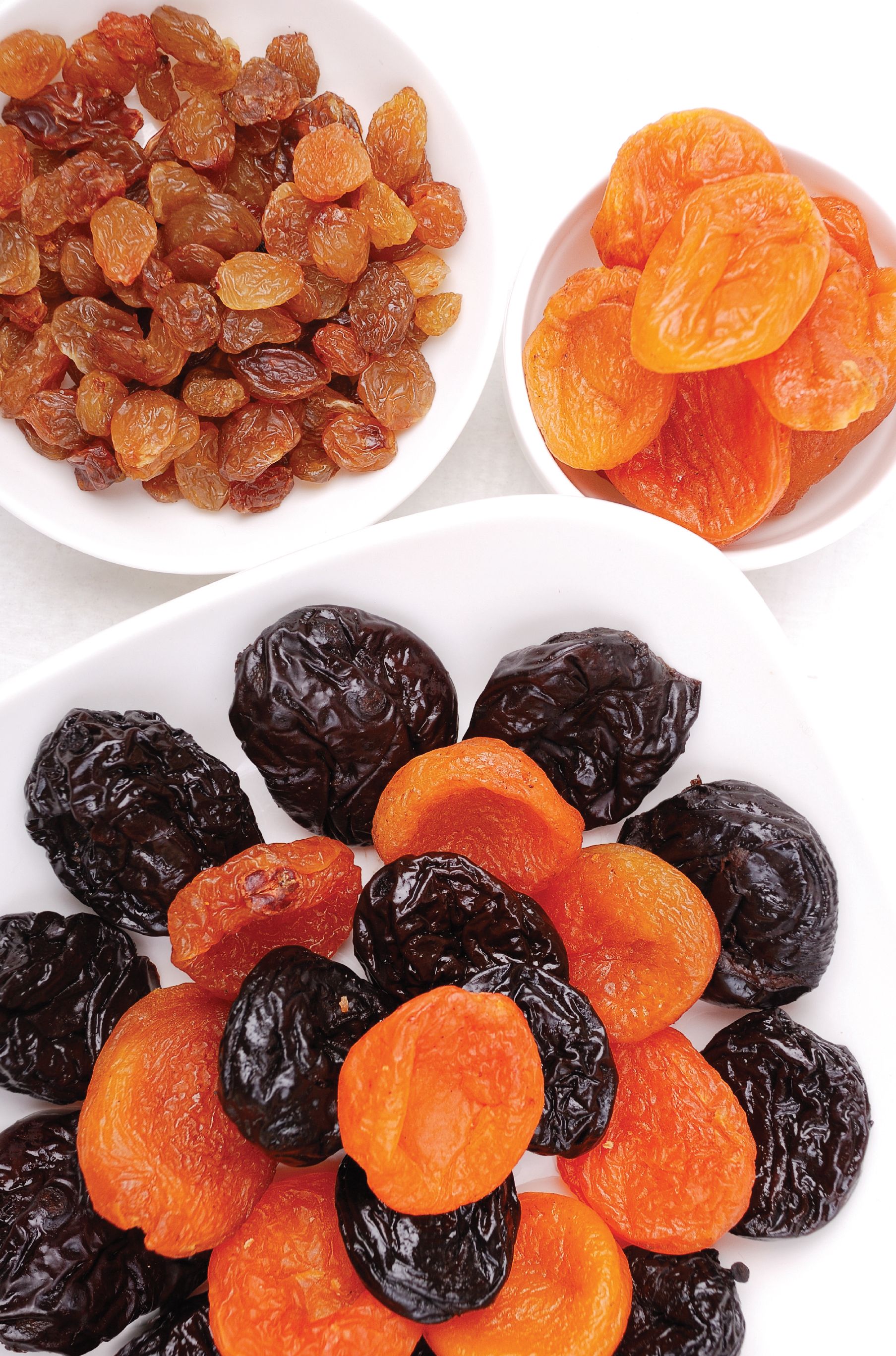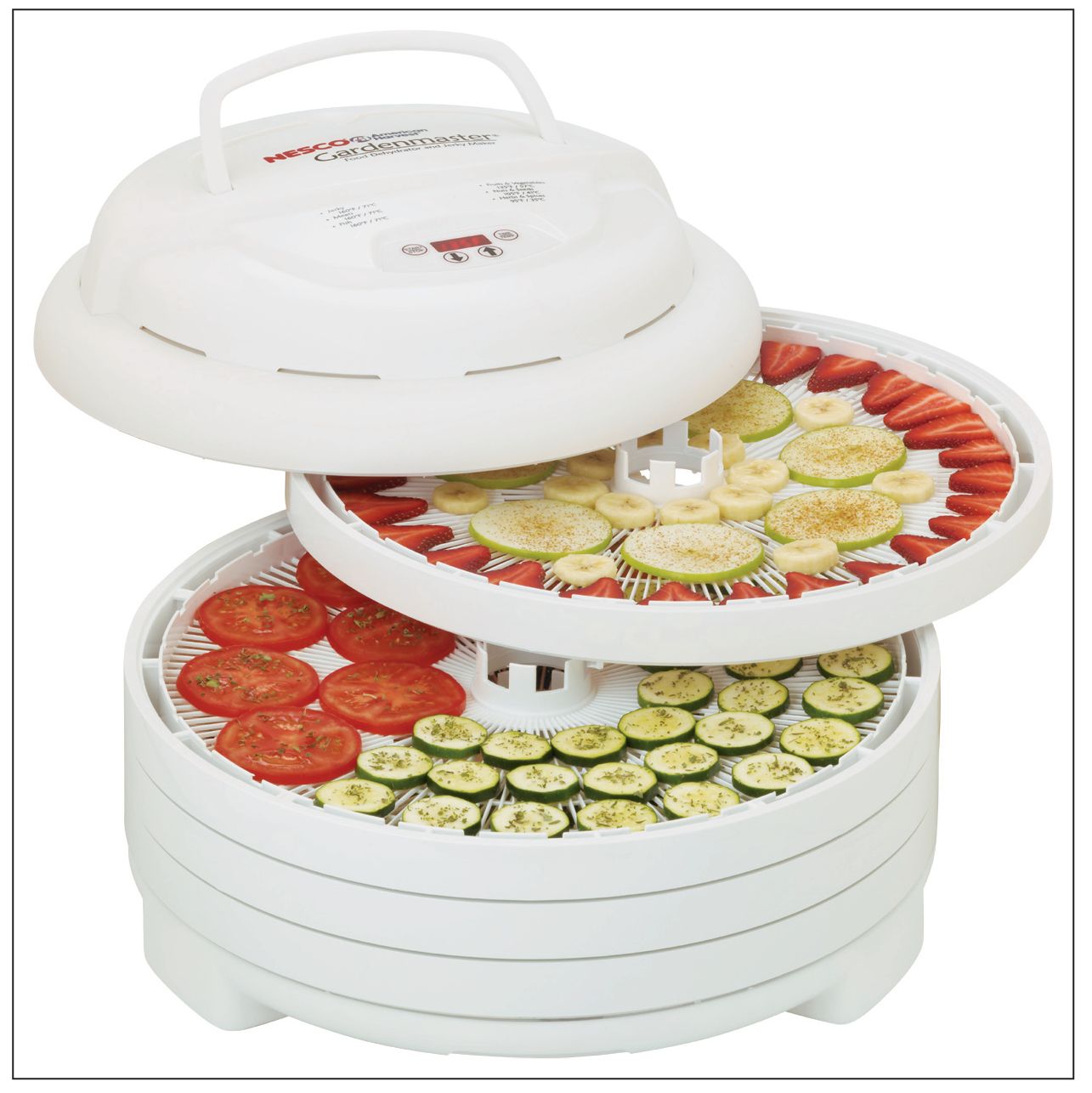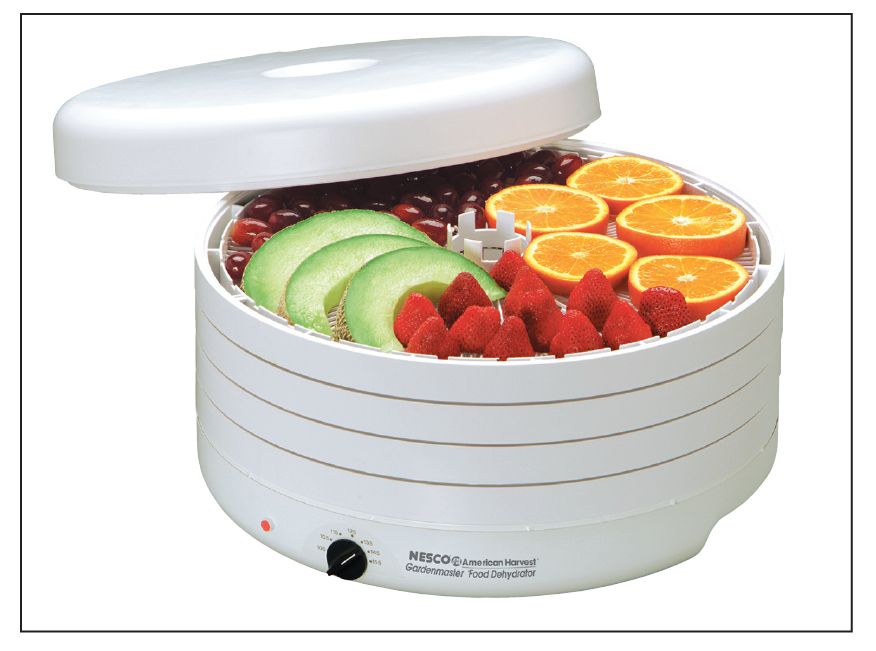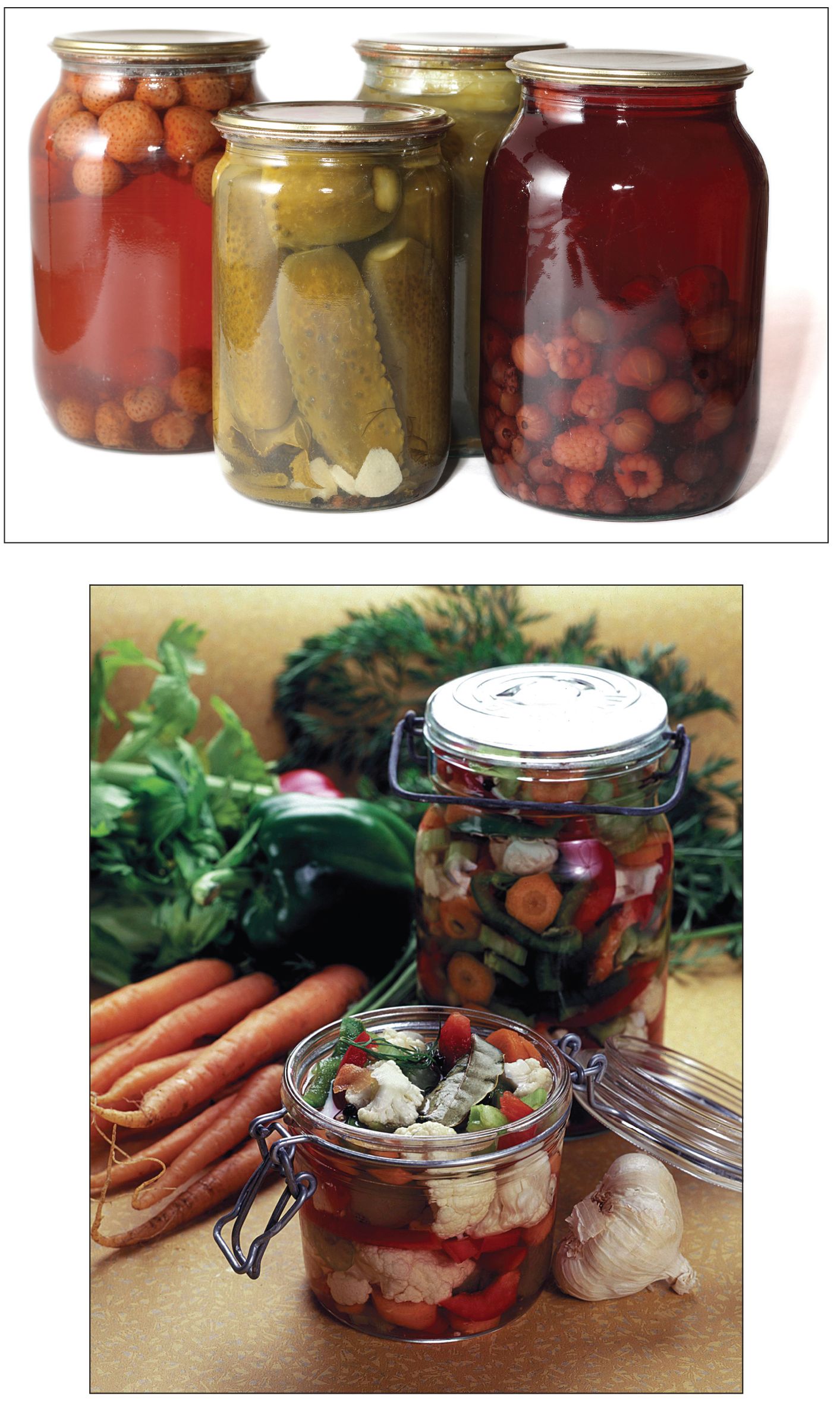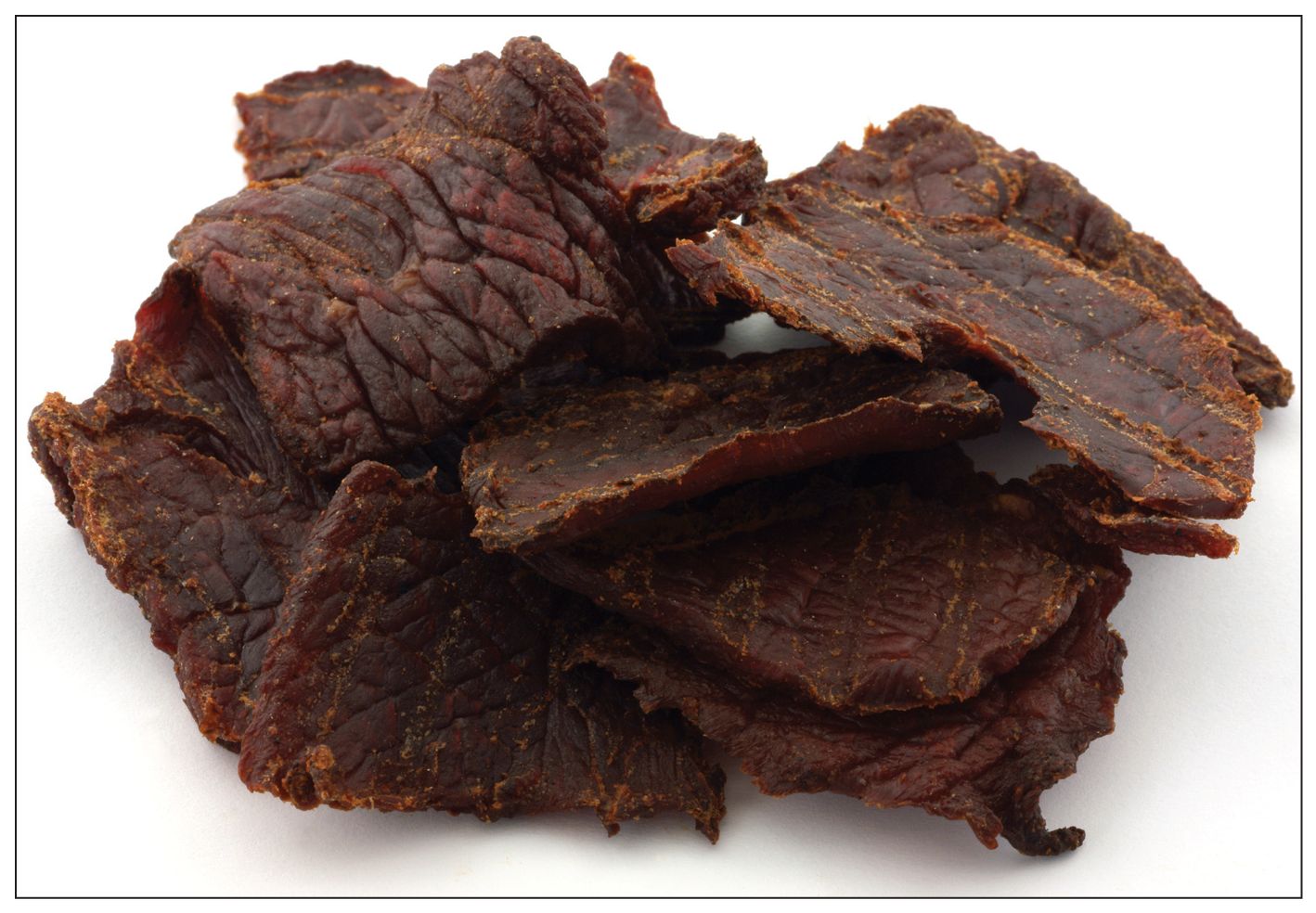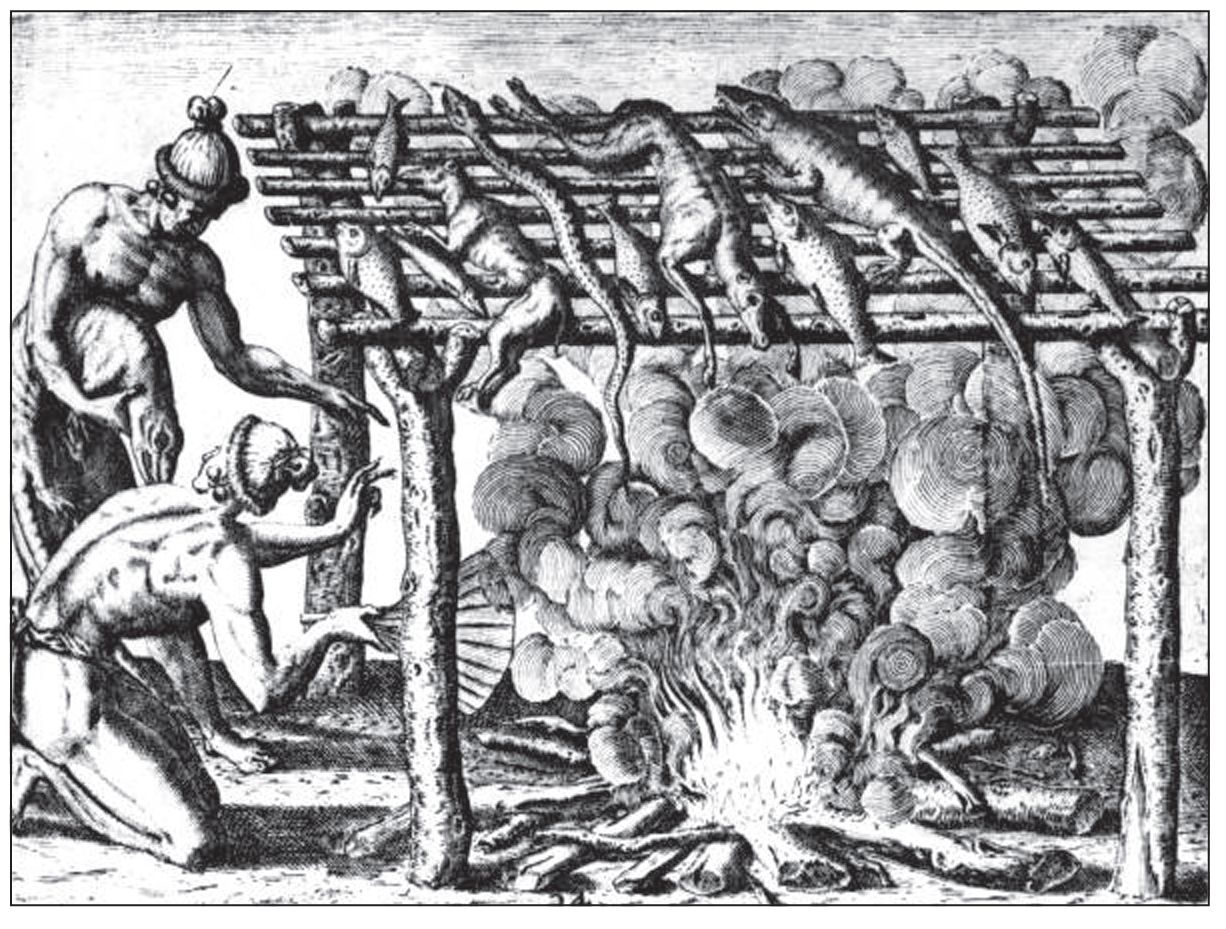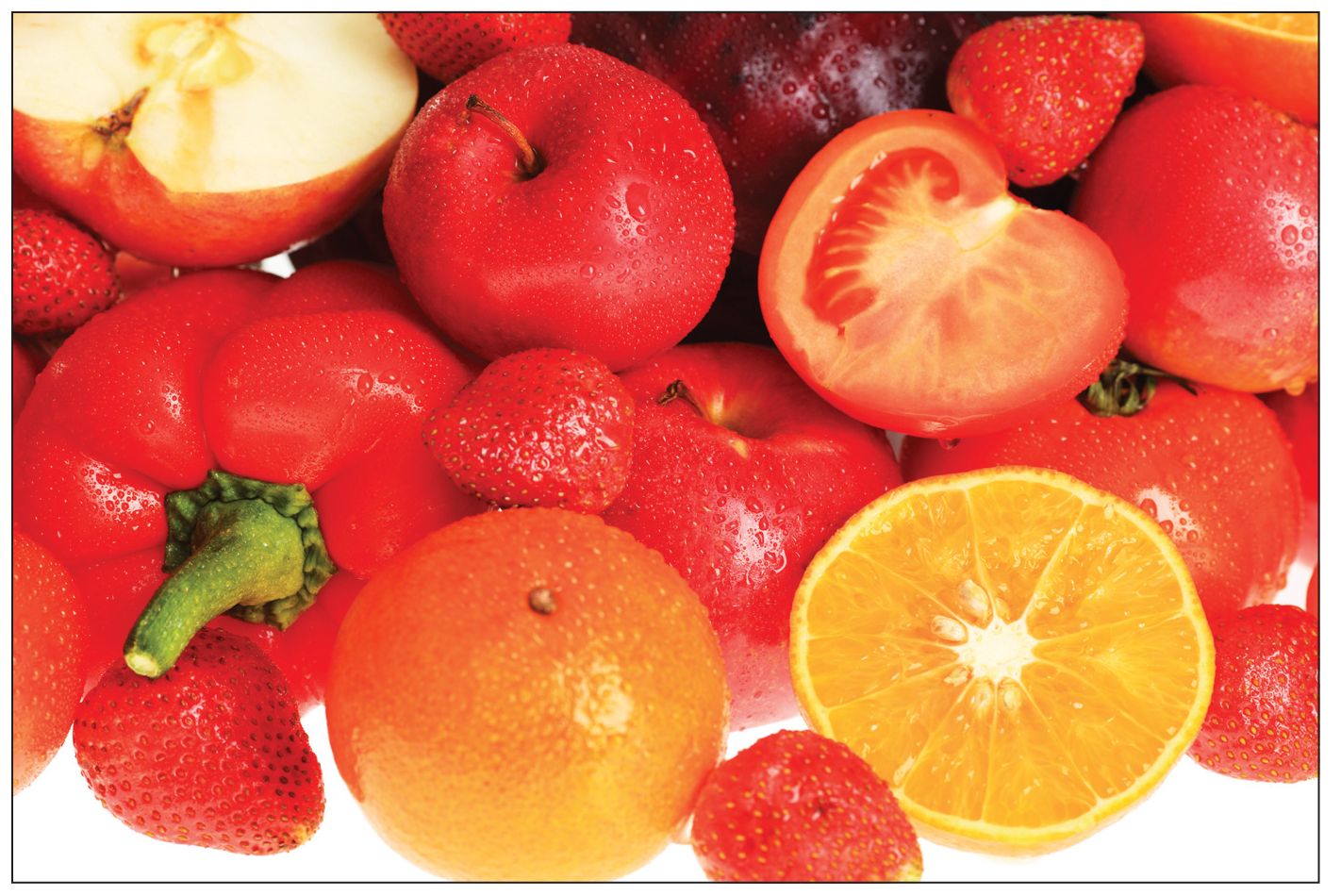There are a number of types of food storage available to the average family. Each has a place and should be utilized in providing for family nutritional needs. The following are methods that can be used:
If a family uses all of the above methods, they will have a varied and well-balanced diet from their own cupboard.
The scope of this book, however, will be limited to the discussion of the most widely-used method throughout the world: dehydrating (or drying) fruits, vegetables, herbs, and meats.
DEHYDRATING: AN ANCIENT PROCESS
Drying is a method of preserving food products in which so much of the products natural moisture is removed that spoilage micro-organisms (yeasts, molds, and bacteria), even though present in a living condition, are unable to grow or multiply.
The process is not new, but the method is; the process is as old as the bees. The bees collect nectar from flowers and store it in small cells where the drones, or the workers, keep up a flow of warm air over them. The warm air takes away the moisture leaving concentrated honey.
Since the beginning of time, man has cured (dried) hay and grass, corn, herbs, and meat for animal and human consumption by the heat of the sun. In food preservation today, we accomplish this curing or drying by evaporating the moisture or water in food products from a liquid to a vapor. Heat and air are required to accomplish this, but the heat must be held at a temperature that will not affect the texture, color, flavor, or nutritional value of the product.
Heat evaporates the water from the product, and air circulating around it absorbs the vapor. Drying changes the appearance of products, but if properly dried and stored, very few of the original food nutrients are lost.
Timucua Indians smoking game in Florida circa 1562. Drawings by Jacques le Moyne.
Drying has the great advantage of minimizing storage problems. The dried products weight is from one-fourth to one-tenth, or in some cases even less, compared to the fresh product. Then, too, it can be kept almost indefinitely, if stored under the proper condition.
DEHYDRATING RETAINS NUTRITIONAL VALUES
Fresh fruits and vegetables are the richest sources of vitamins, minerals, sugars, proteins, and other nutritive substances essential to good health. How necessary it is then, that we do our utmost to conserve these nutrients. Even though harvested or gathered, fruits and vegetables remain living materials capable of carrying on their own lifes processes. After the product is removed from its life source, these processes, if left unchecked, destroy quality because they include the oxidation of valuable materials within the product.
The chemical changes that impair product quality, as well as attacks by organisms of decay, can be retarded by storing products in the refrigerator until processed, but this storage must be as short a time as possible; two days should be the maximum length of time.
Only products in prime condition should be dried, and that means they are at their best for drying when they have reached maturity and are garden or orchard fresh.
Dehydrated fruits and vegetables which have been reconstituted and cooked provide approximately the same amount of carbohydrates, fats, proteins, minerals, and bulk as the original fresh material similarly prepared. The proteins and minerals in dehydrated foods after reconstituting are no different from those of the original foods if dehydrated at the recommended proper temperature. Since steaming vegetables helps to retain more of the nutrients than scalding does, we recommend following the directions in the section on dehydrating vegetables.
Fruits and vegetables not only provide important dietary nutrients, but make other contributions to the normal functioning of the body. Fruits, with exception of cranberries, plums, and prunes; vegetables, with the exception of rhubarb, spinach, and chard, exert an alkaline effect when oxidized in the body. The free acids and acid salts of fruits and vegetables are oxidized to carbonic acid which is eliminated by breathing. Vegetables provide salts of the metals calcium, magnesium, potassium and sodium, which are available for the purpose of neutralizing acid by products resulting from the metabolism of meat, egg, milk, and cereal proteins. This is but one of several reasons why a diet should include fruits and vegetables.
Fruits are an excellent source of Vitamins A and C but are not very rich in Vitamin B-1 (Thiamin). While sulfuring destroys Vitamin B-1 in fruits, it tends to retain the potency of Vitamins A and C. It is always better to preserve the greater amount of vitamins.

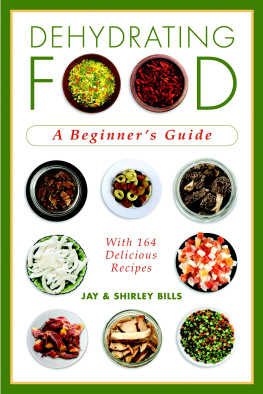
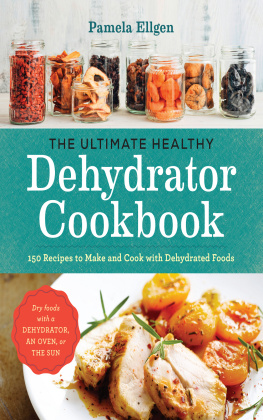

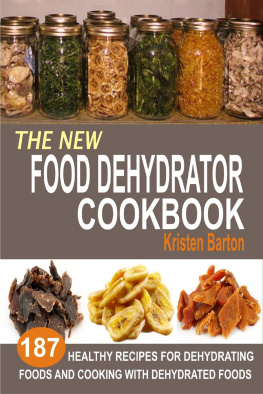
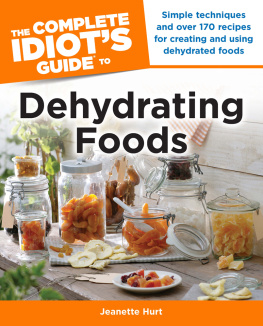
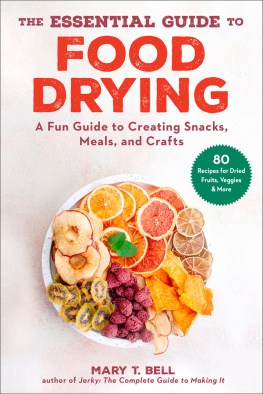
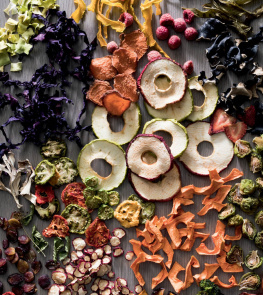
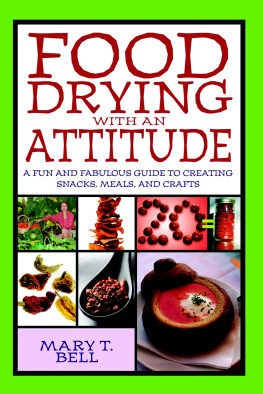
![Tammy - The ultimate dehydrator cookbook : [the complete guide to drying food, plus 398 recipes, including making jerky, fruit leather, and just-add-water meals]](/uploads/posts/book/102970/thumbs/tammy-the-ultimate-dehydrator-cookbook-the.jpg)

